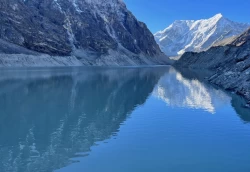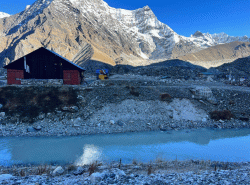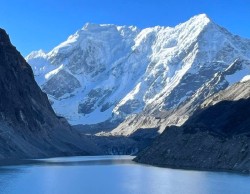Climate
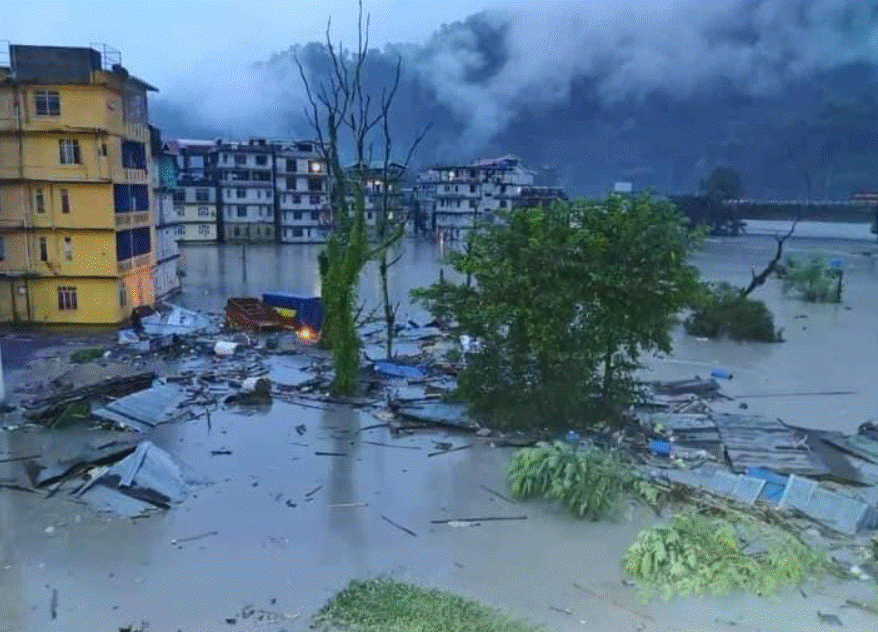
Mohammed Ombadi, University of Michigan
Torrential downpours sent muddy water racing through streets in Libya, Greece and Spain and flooded parts of Hong Kong and New York City in September 2023. Thousands of people died in the city of Derna, Libya. Zagora, Greece, saw a record 30 inches of rain, the equivalent of a year and a half of rain falling in 24 hours.
A few weeks earlier, monsoon rains triggered deadly landslides and flooding in the Himalayas that killed dozens of people in India.
After severe flooding on almost every continent this year, including mudslides and flooding in California in early 2023 and devastating floods in Vermont and New York in July, it can seem like extreme rainfall is becoming more common.
So, what role does global warming play in this? And importantly, what can we do to adapt to this new reality?
As a climate scientist with a background in civil engineering, I am interested in exploring the links between the science of climate change and extreme weather events on one hand and the impacts those events have on our daily lives on the other. Understanding the connections is crucial in order to develop sound strategies to adapt to climate change.
Thirstier atmosphere, more extreme precipitation
As temperatures rise, the warmer atmosphere can hold more water vapor. Evaporation of water from land and oceans also increases. That water has to eventually come back to land and oceans.
Simply, as the atmosphere absorbs more moisture, it dumps more precipitation during storms. Scientists expect about a 7% increase in precipitation intensity during extreme storms for every 1 degree Celsius (1.8 degrees Fahrenheit) of warming.
This increase in the amount of moisture that air can hold is what scientists call the Clausius Clapeyron relationship. But other factors, such as changes in wind patterns, storm tracks and how saturated the air is, also play a role in how intense the precipitation is.
Liquid vs. frozen: Rain matters most
One factor that determines the severity of floods is whether water falls as rain or snow. The almost instantaneous runoff from rain, as opposed to the slower release of water from melting snow, leads to more severe flooding, landslides and other hazards – particularly in mountain regions and areas downstream, where about a quarter of the global population lives.
A higher proportion of extreme rainfall rather than snow is believed to have been a key contributor to the devastating floods and landslides in the Himalayas in August 2023, though research is still underway to confirm that. Additionally, a 2019 examination of flood patterns across 410 watersheds in the Western U.S. found that the largest runoff peaks driven by rainfall were more than 2.5 times greater than those driven by snowmelt.
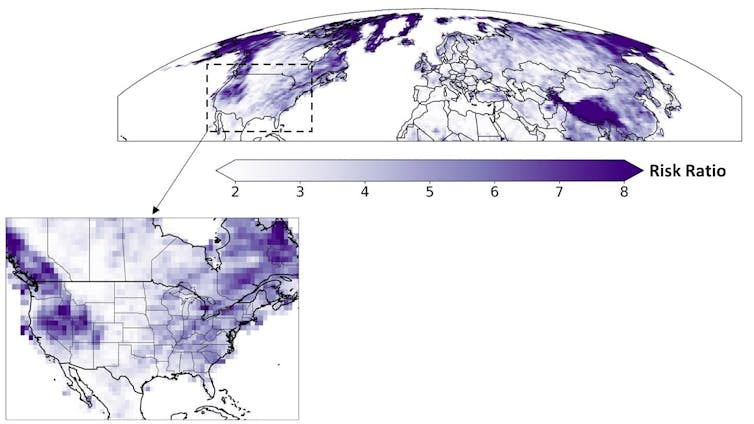
Rainfall intensity is projected to increase more in certain regions by the end of the 21st century, based on climate model data. Light colors show a twofold increase and dark colors indicate an eightfold increase in future rainfall extremes compared to the recent past.
In a 2023 study in the journal Nature, my colleagues and I demonstrated that the intensity of extreme precipitation is increasing at a faster rate than the Clausius Clapeyron relationship would suggest – up to 15% per 1 C (1.8 F) of warming – in high-latitude and mountain regions such as the Himalayas, Alps and Rockies.
The reason for this amplified increase is that rising temperatures are shifting precipitation toward more rain and less snow in these regions. A larger proportion of this extreme precipitation is falling as rain.
In our study, we looked at the heaviest rains in the Northern Hemisphere since the 1950s and found that the increase in the intensity of extreme rainfall varied with altitude. Mountains in the American West, parts of the Appalachian Mountains, the Alps in Europe and the Himalayas and Hindu Kush mountains in Asia also showed strong effects. Furthermore, climate models suggest that most of these regions are likely to see a sevenfold-to-eightfold increase in the occurrence of extreme rainfall events by the end of the 21st century.
Also Read: Warming, other factors worsened Pakistan floods, study finds
Also Read: Helambu highlanders worried about snowless Himalayan peaks
Flooding isn’t just a short-term problem
Deaths and damage to homes and cities capture the lion’s share of attention in the aftermath of floods, but increased flooding also has long-term effects on water supplies in reservoirs that are crucial for communities and agriculture in many regions.
For example, in the Western U.S., reservoirs are often kept as close to full capacity as possible during the spring snowmelt to provide water for the dry summer months. The mountains act as natural reservoirs, storing winter snowfall and then releasing the melted snow at a slow pace.
However, our recent findings suggest that with the world rapidly shifting toward a climate dominated by heavy downpours of rain – not snow – water resource managers will increasingly have to leave more room in their reservoirs to store large amounts of water in anticipation of disasters to minimize the risk of flooding downstream.
Preparing for a fiercer future
Global efforts to reduce greenhouse gas emissions have been increasing, but people still need to prepare for a fiercer climate. The destructive storms that hit the Mediterranean region in 2023 provide a cogent case for the importance of adaptation. They shattered records for extreme precipitation across many countries and caused extensive damage.
A main factor that contributed to the catastrophe in Libya was the bursting of aging dams that had managed water pouring down from mountainous terrain.
This underscores the importance of updating design codes so infrastructure and buildings are built to survive future downpours and flooding, and investing in new engineering solutions to improve resiliency and protect communities from extreme weather. It may also mean not building in regions with high future risks of flooding and landslides.
This article, originally published Sept. 19, 2023, has been updated with flooding in New York City.![]()
Mohammed Ombadi, Assistant Professor of Climate and Space Sciences Engineering, University of Michigan
This article is republished from The Conversation under a Creative Commons license. Read the original article.
